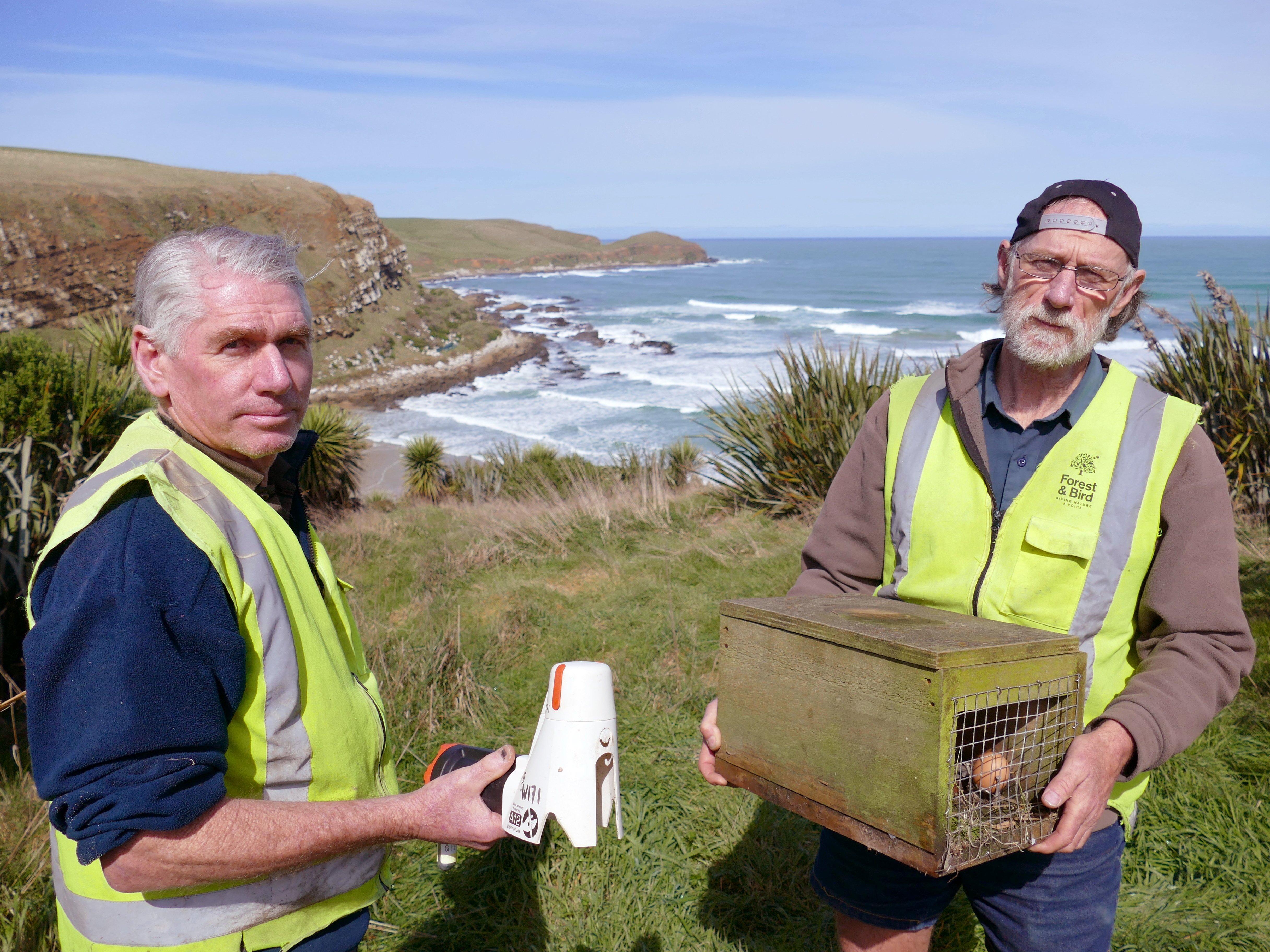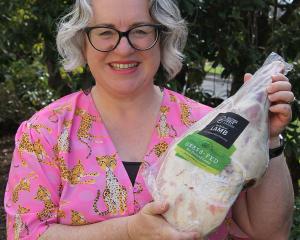
South Otago Forest & Bird past-president Roy Johnstone made the dire prediction after watching nest numbers plummet at key Catlins reserve Long Point/Irihuka during recent years.
Mr Johnstone said just six nests were found during last summer’s survey, down from a high of 53 in 2012 (records began in 1992).
South Otago Forest & Bird began predator trapping at and near the Yellow-eyed Penguin Trust-owned reserve in 2010, making the severe decline all the more confounding, he said.
"The bottom line for us is that, of all the threats to yellow-eyed penguins in the Catlins, the one that something could be done about relatively easily is to provide a safe marine habitat for them to live in with enough food so they aren’t starving.
"That means right now we urgently need a marine reserve at and surrounding Long Point, a process which has been delayed unacceptably since it began in 2014."

In 2014, then environment minister Nick Smith established the South East Marine Protection Forum, which, after extensive consultation, resulted in a proposal for a network of marine-protected areas in June this year.
Mr Johnstone said despite extensive lobbying for inclusion of a Catlins reserve during the process, Ngai Tahu had vetoed its inclusion in favour of fishing interests.
"At the last minute Ngai Tahu pulled the plug and said ‘no’, in the face of all the evidence it’s starvation that’s killing our birds locally.
"The hoiho is a taonga species for Maori. We would urge Ngai Tahu to step up as kaitiaki [guardian] for the Catlins coast, and protect its future, otherwise there will soon be nothing left to protect."

"Ngai Tahu is involved in the development of Te Kaweka Takohaka mo te Hoiho [the Yellow-eyed Penguin Recovery Plan], and we remain committed to working alongside our partners to achieve the outcomes set out in this strategy."
Mr Johnstone acknowledged "small steps" were being taken in the right direction, but decried the lack of urgency.
"The current yellow-eyed penguin conservation action plans have only just recognised lack of food in the marine environment is a significant threat to hoiho.
"We’re frustrated it’s taken this long, and that the only action we’re seeing from government right now is further consultation on the results of the earlier consultation.
"We’d like tomorrow’s generations still to be able to visit Long Point, and see the penguins their grandparents and great grandparents worked so hard to protect."
Comments
Ngai Tahu need to walk the walk. Species are under threat all around the world yet Ngai Tahu have repeatedly prioritised their fishing interests over conservation efforts, most recently with regard to the Campbell Island reserve.












